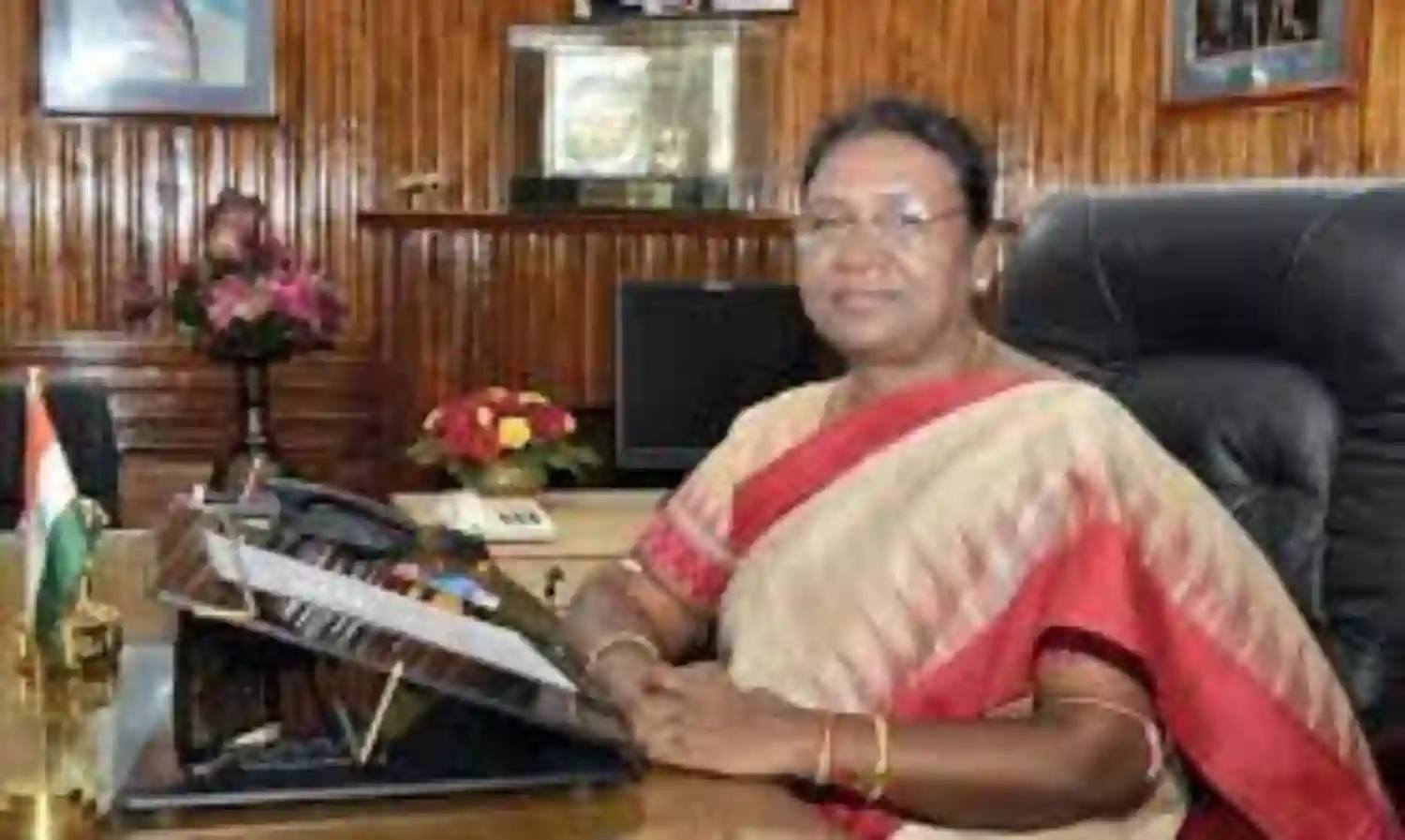Will Droupadi Murmu Remember the Exploitation of Tribal Homelands?
Fear of conversion;

Some 8% of India's people belonging to 745 communities are counted as Schedule Tribes. With many waves of migration through the subcontinent over tens of thousands of years, clearly all the Schedule Tribes are not Adivasis (aboriginal, indigenous).
Those deemed to belong to Schedule Tribes by the Union become eligible to compete for reserved seats in legislatures, governments, universities and schools, and some government schemes meant for them alone.
Most of the benefits of this affirmative action may have gone to non-Adivasi tribals. Like indigenous people all over the world, India's Adivasis too have been savaged and ravaged by later immigrants claiming to be more civilized. They are easily the most deprived and oppressed section of Indians.
The biggest Adivasi group, the Gonds, number about 7.4 million, followed by the Santhals with about 4.2 million. Central India is now home to the country's largest tribes, and, taken as a whole, roughly 75% percent of the total Schedule Tribe population live there. These are now the troubled Adivasi homelands.
On December 16, 1946, welcoming the Objectives Resolution in the Constituent Assembly, legendary Adivasi leader Jaipal Singh Munda stated the tribal case and apprehensions explicitly. He said:
"The whole history of my people is one of continuous exploitation and dispossession by the non-aboriginals of India punctuated by rebellions and disorder, and yet I take Pandit Jawaharlal Nehru at his word. I take you all at your word that now we are going to start a new chapter, a new chapter of independent India where there is equality of opportunity, where no one would be neglected."
The Adivasis paid dearly for taking Pandit Nehru at his word. Even if the provisions of the Constitution had been implemented in some measure if not all of its spirit and word, the present situation would not have come to be.
In the early days of our Republic, Jawaharlal Nehru on the advice of people like the anthropologist Verrier Elwin sought to insulate the tribal areas from the predations of the new order that was emerging in India. Yet the migration of outsiders into Adivasi homelands, and the forced displacement of Adivasis continues unabated.
Despite this there are still 332 tribal majority tehsils (subdistricts) in India, 110 of them in the northeast. The Fifth and Sixth Schedules of the Constitution provide for self-governance in specified tribal majority areas, and 29 tribal autonomous councils have been established, most of them in the northeast.
The Fifth Schedule provides protection to tribal people living in scheduled areas from alienation of their lands and natural resources to non-tribals. Even this seldom-enforced constitutional safeguard is now under imminent threat of being amended to formally effect the transfer of tribal lands to non-tribals and corporate bodies. The move has serious implications for the very survival and culture of the millions of tribal people in India.
In 1999 the Government of India issued a draft National Policy on Tribals to address the developmental needs of tribal people. Special emphasis was laid on education, forestry, healthcare, languages, resettlement and land rights. The draft was meant to be circulated between MPs, MLAs and civil society groups. It never was. The draft policy is still a draft, which means there is no policy in this regard, and scant legislation since, besides the Forest Rights Act of 2006 and Land Acquisition Act of 2013.
The first NDA government however established a Ministry of Tribal Affairs with an Adivasi, Jual Oram, as minister. But Oram fell into the bad books of the RSS when he equated Sarnaism, a tribal religion with Hinduism, and as minister gave the assurance that all Adivasis, irrespective of conversion to Christianity or any other religion, will get the benefits due to them.
But it must also be stated that this sudden concern for tribals was mostly motivated by the fears of conversion to Christianity that would have precluded their assimilation into the Hindu Samaj. This fear led to the burning alive of missionary Graham Staines and his two young sons in Orissa by RSS associated activists.
Thus, though the states of Chhattisgarh and Jharkhand were carved out of Bihar and Madhya Pradesh, real tribal issues relating to their culture, way of life and aspirations were not addressed. Political power has still by and large eluded them.
Much has happened since independence and the failed promises of the Constitution. But it is still possible to retrieve some of the original promises. As provided by the Constitution, all tribal majority areas must be consolidated into administrative divisions whose authority must be vested with democratically chosen institutions. This body could be called the Adivasi Mahapanchayat and enabled to function as a largely autonomous institution, unlike many tribal autonomous councils.
All laws passed by the state legislatures must be ratified to the satisfaction of this body. Instead of the state capital controlled government, the instruments of public administration dealing with education, health, irrigation, roads and land records must be handed over to local government structures. The police must also be made answerable to local elected officials and not be a law unto themselves.
But there are several paradoxes that must also be dealt with first. The most important of these is to provide good government in the worst of law and order environments. A better civil administration structure must come up in place of the one present. Perhaps it is time to constitute a new All India Service devoted to service in Adivasi homelands, similar to the former Indian Frontier Administrative Service?

